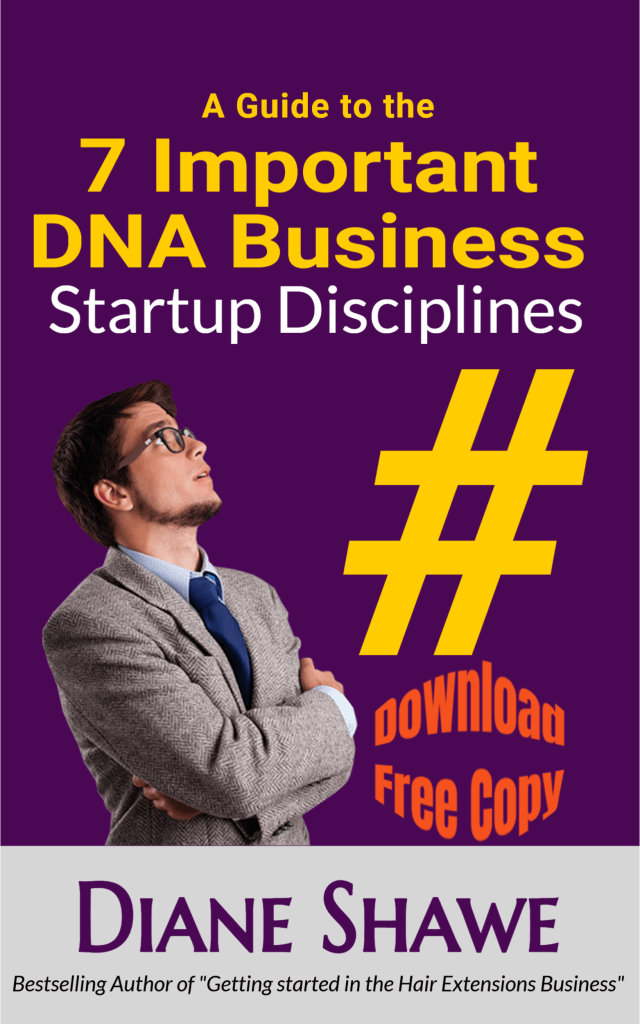
All I can say is WAKE-UP SME’s and start smelling the COFFEE!
by Diane Shawe
I-send was sent a recent post from the the analyst, Chetan Sharma, who released its US Mobile Data Market Update for Q4 2010 and 2011.
The report reveals that the US wireless data market grew 5 per cent quarter-on-quarter, and 23 per cent year-on-year, to reach $14.8bn (£9.1bn) in mobile data service revenues in Q4 2010. The final tally for the 2010 year was $55bn, which the analyst expects to increase by 22 per cent to $67bn in 2011.
US mobile subscriptions officially crossed the 100 per cent penetration mark in Q4 2010. The connected device category (including tablets, M2M, telematics, eReaders, etc.), registered the highest growth at 55 per cent, while postpaid subscriptions grew by only 3 per cent for the calendar year. Connected devices now account for 7 per cent of the installed base.
Smartphone shipments overtake computers
The report notes that 2010 marked the milestone of the start of a new computing and communications era. For the first time in the US, smartphone shipments exceeded the traditional computer segments (desktops, notebooks and netbooks). In 2011, the smartphone segment, along with connected devices will not only exceed the computer segment in unit shipment but more importantly, in overall revenues as well.
While connected devices ARPU is low, Chetan Sharma believes this segment will prove to be the most profitable in the coming years, due to higher margins. By the end of 2011, connected devices will be commanding double digit market share.
However, not all sub-segments are going to be successful in the operator channel, until multi-device data pricing plans are introduced. Most of the tablets and eReaders can work well with only wi-fi most of the time. Monthly data plans make sense for enterprise users but not for consumers who might use these devices occasionally. As such, the report says, tablets will be more successful in direct and traditional retail channels. Operators who start to bundle multiple devices by single data plans and data buckets are going to see a better yield in this category. Similarly, OEMs who rely on operators for sell-through of tablets/eReaders will see low volumes compared to players who have more diverse distribution channels, such as Apple and HP.
As previously noted by Chetan Sharma, the iPad and other tablets are making Netbooks irrelevant. In fact, tablets are starting to eat into the laptop category as well. As expected, the device has been a hit with many enterprises with mobile workers. Many enterprises are giving out iPads to their workforce instead of laptops or Netbooks. The analyst expects iPad to dominate the space in 2011 as competitors will find it hard to compete across all dimensions – price, performance, ecosystem, distribution, and brand power.
Data traffic more than doubles
Mobile data consumption continued to grow across all networks, increasing by 2-5 times on major US networks. While average data consumption in the US at the end of 2010 was 350 MB/month, many of the superphones introduced in the second half of 2010 are clocking 1-1.5GB/month on average. Thus, while data revenues for the year increased by 23 per cent, mobile data traffic grew by 132 per cent.
The significant rise in smartphone sales and usage in the US market – over 50 per cent of devices sold in the US in 2010 were smartphones, almost twice the global average – means that by the end of 2011, in the US, the smartphones will consume more data than data cards for the first time. Chetan Sharma also expects the US to become the number 1 nation in mobile data consumption this year, edging out Sweden.
The report notes also that the center of gravity of the mobile market has shifted back to the US, which is also the most dominant market in terms of revenue generation for the industry. While the US represents less than 6 per cent of the subscription base, it accounts for over 21 per cent of data revenues, with Verizon Wireless becoming the number one mobile data operator in 2010, edging past the decade-long leader, NTT DoCoMo. AT&T also went past China Mobile to gain its current number three ranking. By the end of 2013, the US market will account for 25 per cent of global mobile data services revenues.
Wake-up call
Chetan Sharma calls the Nokia-Microsoft announcement “a wake-up call to many in the industry who were in denial”, and praises Nokia for decisiveness, and for moving quickly under pressure. But it concludes that the impact on Nokia remains uncertain, saying: “While there were risks with Android, going with Win7 is not an assured path to resurrection either. It all comes down to execution…Nokia has significant talent and it’s a proud company, but jumping into the shark-infested cold waters miles away from the shore will require all the stamina, good weather, and skill it can muster to make landfall before thanksgiving”.
Looking ahead, the report notes that Android and iOS are completely dominating the developer and ecosystem mindshare, and says the race to become a viable third option is on, with operators keen to see another competitive force emerge in the market. Chetan Sharma will be discussing how the industry is going to evolve in the next decade at its mobile thought leadership summit – Mobile Future Forward, in September.
I-send proximity is launching a series of workshop/expert forums to discuss the implementation and road mapping of apps into any type of business, visit http://www.i-send.co events page for more information.
Like this:
Like Loading...

























































Allowing comments on your website can aid SEO
When I have reviewed some of the comments placed on youtube, I cringe. It certainly does not encourage you to allow any type of comments to be randomly placed on your own websites or blogs. But if you’ve been wondering whether or not you should allow comments on your business or personal blog, allow me to add some fodder for your decision making analysis.
of the comments placed on youtube, I cringe. It certainly does not encourage you to allow any type of comments to be randomly placed on your own websites or blogs. But if you’ve been wondering whether or not you should allow comments on your business or personal blog, allow me to add some fodder for your decision making analysis.
Comments on your blog help you optimize your website and make it easier to be found for more key phrases and for the key phrases you are already targeting. How is that? well….
search engines love content. I know most of us think content is dead, and that video and social media are the optimum SEO’s. But the more the content, search engines are drawn to it like bee to honey. In other words, that 300-word blog post you wrote yesterday will get more search engine traction when it has 20 comments on it.
There are three ways blog comments help you:
a) Blog commentators will use the same key phrases in their comments that you used in your blog post. That will mean more instances of the keyword on the page and therefore you are more likely to be found for that key phrase.
b) Blog commentators will also use related key phrases that you didn’t use in your blog post. That will result in your blog post being found for key phrases that you didn’t target.
c) Thirdly, some blog posts, like forum posts, appear as separate pages in the search engines. Note that I said “some”. In order for your blog posts to appear as separate pages they’ll have to be threaded and coded just so.
Blog comments help you optimize your business website, it is particularly useful if you are trying to brand or generate interest. I strongly encourage you to allow at least permission based comments on your business blog to increase your search engine optimisation. If someone writes something or wants to link an inappropriate website to your you can terminate or trash the link before it goes live.
With lots of websites offering back links, text links and link exchange, this is one of the quickest ways to generate the same think without it costing you anything or taking up too much of your time.
Share this post:
Like this:
1 Comment
Posted in apps, assisted technology, educational apps, i-send proximity, isend, location-based technology, Networking, Proximity Marketing, Shopping malls, Smartphones
Tagged diane shawe, how to make a comment, optimising your website, SEO